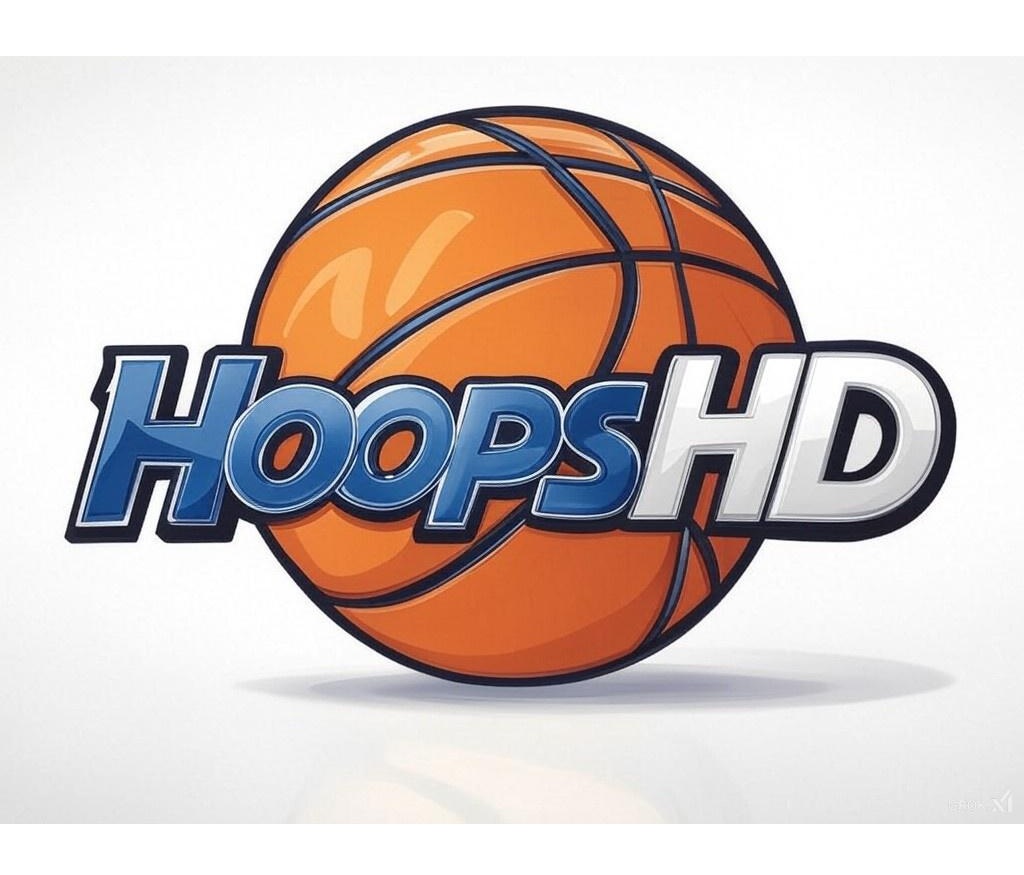“It’s not enough to say, ‘it’s all part of the game.'” – NBA Commissioner David Stern
By now I think we can all agree that basketball is the greatest sport ever invented, but I think we can all also agree that there are a few changes that can be made to the rule book to make it even better.
As Stern put it a few weeks ago, “The game continually changes, coaching changes, the athletes change, and what our job is, without going overboard, to consider those adjustments and just keep up with the game.”
Here are a few suggestions to make the game better:
Eliminate the Block/Charge
This year college basketball marked a restricted area around the hoop for the first time. As a result, referees would often pay more attention to the mark on the floor instead of the basketball play itself. It seemed that if a defender was outside the hoop they would get the charge call, regardless of all the other criteria.
Everyone involved in and around basketball will admit that a block or a charge is basically a 50/50 call. So then why do we have it at all?
If all a defender is doing is having his hands up and moving laterally, he shouldn’t be called for a foul. A player standing with his hands above his head is not fouling anyone, even if the opposing player jumps into him. Not every instance of players coming into contact needs to be a whistle.
It is my belief that we should try to make the college/professional game of basketball as much like a pickup game as possible. And let’s face it, when was the last time you’ve seen anyone try to take a charge during a pickup game? They’d be laughed at. Teammates would tell them to play “real defense.”
And by real defense they mean make a play on the ball. Continue reading


